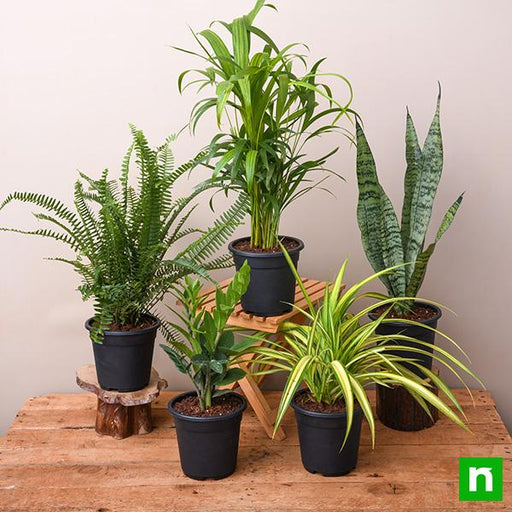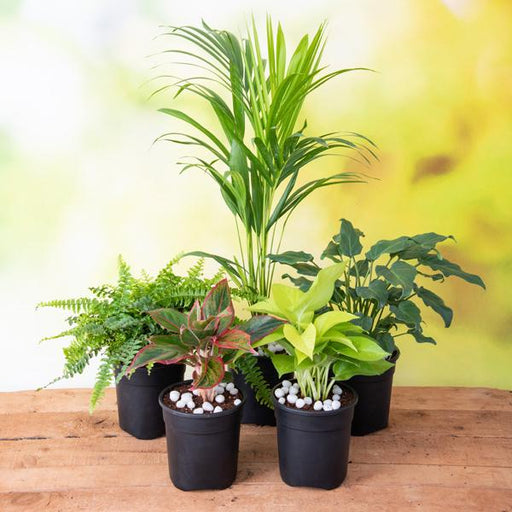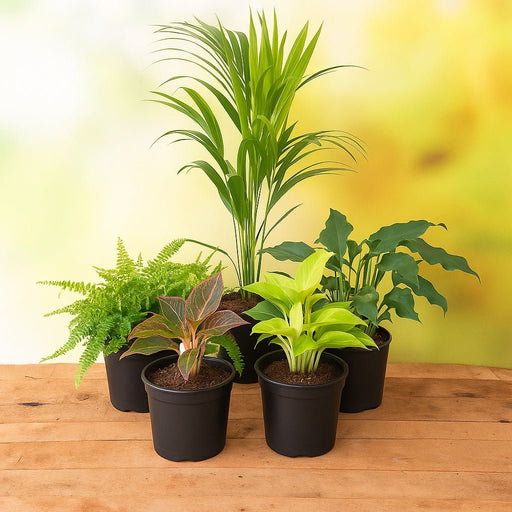Chameli Flower Meaning
Chameli flowers are often associated with love and romance, and have a rich cultural history in many parts of the world. Understanding the meaning and symbolism of chameli flowers can help you appreciate their beauty even more.
Chameli Flower Uses
Chameli flowers have a variety of uses beyond their aesthetic appeal. From traditional medicine to religious rituals, chameli flowers have been valued for their unique properties for centuries.
Chameli Flower Benefits
In addition to their cultural significance, chameli flowers offer a range of potential health benefits. From reducing stress to improving skin health, chameli flowers are a versatile and valuable addition to any wellness routine.
Chameli Flower Fragrance
One of the most distinctive characteristics of chameli flowers is their sweet, intoxicating fragrance. Understanding the chemistry behind the scent of chameli flowers can help you appreciate their aroma even more.
Chameli Flower Colors
Chameli flowers come in a range of colors, from bright white to deep pink. Understanding the different color variations of chameli flowers can help you choose the perfect variety for your garden or floral arrangements.
Chameli Flower Care
Proper care is essential for growing healthy and beautiful chameli flowers. From soil and watering to pruning and fertilization, understanding the best practices for chameli flower care can help you get the most out of your plants.
Chameli Flower Arrangements
Chameli flowers make stunning additions to floral arrangements, whether used alone or paired with other flowers. Understanding the best ways to incorporate chameli flowers into your arrangements can help you create beautiful and unique displays.
Chameli Flower Tea
Chameli flowers can be used to make a fragrant and flavorful tea that offers a range of potential health benefits. Understanding how to brew chameli flower tea can help you enjoy this delightful beverage in the comfort of your own home.
Chameli Flower Oil
Chameli flowers are often used to make essential oils, which can be used in a variety of ways. From aromatherapy to skincare, understanding the potential benefits of chameli flower oil can help you incorporate it into your daily routine.
Chameli Flower History
Chameli flowers have a rich cultural history, with roots in many different parts of the world. Understanding the history and folklore surrounding chameli flowers can help you appreciate their significance in different cultures.
Chameli Flower Types
There are many different types of chameli flowers, each with their own unique characteristics and growing requirements. Understanding the different types of chameli flowers can help you choose the right variety for your garden or floral arrangements.
Chameli Flower Arrangement Ideas
Chameli flowers can be used in a variety of ways to create stunning floral arrangements. From traditional bouquets to creative centerpieces, understanding different chameli flower arrangement ideas can help you get inspired.
Chameli Flower Spiritual Significance
Chameli flowers are often associated with spirituality and are used in a variety of religious and spiritual practices. Understanding the spiritual significance of chameli flowers can help you connect with their deeper meanings.
Chameli Flower Medicinal Uses
Chameli flowers have a long history of use in traditional medicine, and offer a range of potential health benefits. Understanding the medicinal uses of chameli flowers can help you incorporate them into your wellness routine.
Chameli Flower Extract
Chameli flower extract is a concentrated form of the plant that can be used in a variety of ways. From skincare to haircare, understanding the potential benefits of chameli flower extract can help you choose products that incorporate this powerful ingredient.
Chameli Flower Symbolism
Chameli flowers are often used as symbols of love, purity, and devotion.






























































